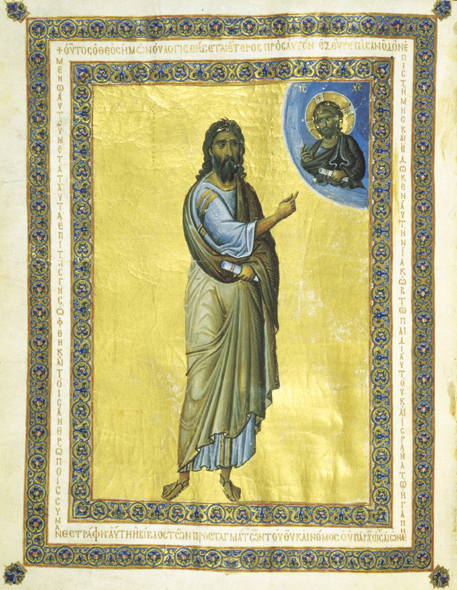“Spinning” the Bible
How Judaism and Christianity shape the Canon differently

Most people think that the Old Testament and the Hebrew Bible are two names for the same thing. Actually, they are quite different, as I shall show—even though all of the books of the Hebrew Bible are indeed included in the Old Testament: Protestant Bibles contain all the same books as the Hebrew Bible; Roman Catholic Bibles have several additional books as well. Structurally, however, the two collections—the Old Testament and the Hebrew Bible—are by no means the same. The difference in the order of the books gives each collection its own powerful yet divergent message.
Before getting into the details, however, I must tell you that I don’t like to use the term Old Testament when speaking of the books of the Hebrew Bible that are included in Christian Scriptures. “Old Testament” seems to imply something outmoded or superseded by the New Testament. So for many years, I have referred to these two collections of ancient books as the First Testament and the Second Testament. Recently other scholars have begun to adopt this nomenclature. Perhaps someday it may catch on more widely.
My reason for avoiding the term Old Testament relates to the history of how the two Testaments came to be canonized as Christian Scriptures.
Already a library member? Log in here.
Institution user? Log in with your IP address.

